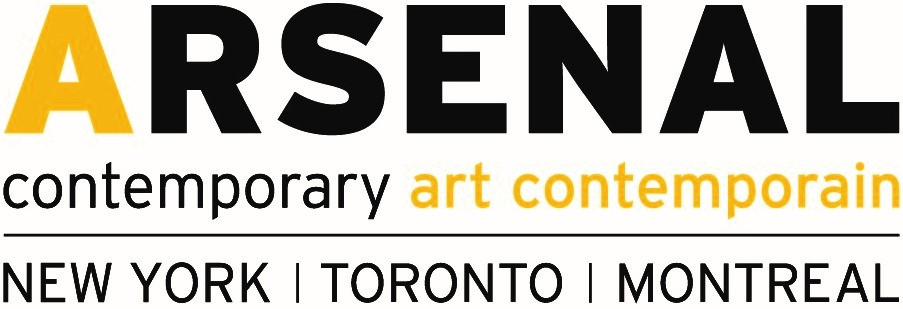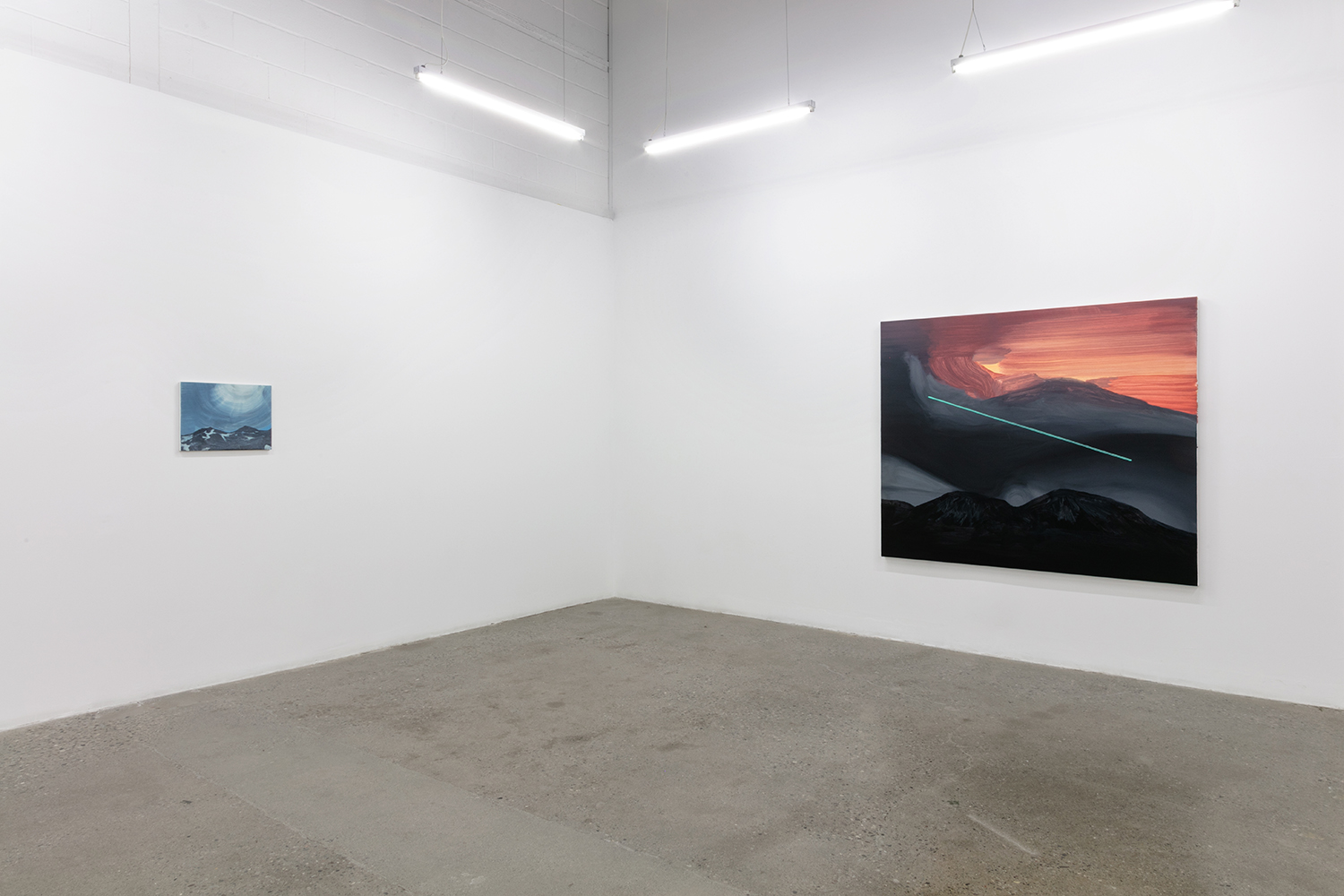Laura Findlay
Tuff
Jan 26 - Mar 30, 2019
Opening
Jan 26, 2019.
Toronto-based artist, Laura Findlay’s most recent work focuses on the relationship between empathy, destruction, and creation through confrontations between naturalism and supernaturalism. Tuff engages sublime volcanic forces as examined through an array of fragmentary information used to create subjective responses to events from extrahuman history. Employing an ecology of markmaking incorporating additive and subtractive methods, she produces subjective recounts of real and imagined geologic events.
Laura Findlay received her MFA from the University of Guelph in 2014 and her BFA from Concordia University in 2011. Currently she lives and works in Toronto, Ontario. Recent exhibitions include Echo Locations at Forest City Gallery in London, Ontario (2018), Vent at Evans Contemporary in Peterborough, Ontario (2018), Afire at Skylab Gallery in Columbus, Ohio (2018), Grounds at Brucebo Konstnärshemmet, Sweden (2017), Moving While Looking at Things That Do Not Move at The Kamloops Art Gallery (2017), Messengers at Zalucky Contemporary, Toronto (2017), and @--}--- at Lord Ludd, Philadelphia (2016). In 2017 she was the recipient of the Brucebo Fine Art Scholarship funding a four-month long residency and accompanying exhibition in Gotland, Sweden. She has also participated in independent self-directedresidencies at the Banff Centre for Arts and Creativity (2016) and the Vermont Studio Center (2011).
The Shortsighted Can’t Love Mountains [1]
Writing by Ella Dawn McGeough
It began a long time ago with a creak that became a crackle then a craze. Something snapped. Thick skin rubbed against thicker skin, certain nerves were exposed. Folds formed. Limbs stretched out glad for the space and the space made way. Time too. Joints ached under the friction. Things got warmer, even hot.Pressure built. Sensor points shuddered. Soon bowels started rumbling while bellies churned. It took forever and ever.
Until, finally, the face split. Lips weathered and cracked, black opened its mouth. There was a lot of smoke. The tongue licked and spat gas. It was a thrilling sight because that gas was stuff. Radical stuff: hydrogen, oxygen, nitrogen, carbon dioxide, mercury, argon, helium, neon, methane, and sulphur. States shifted and stabilized: gas became liquid became solid. Matter happened. A flame flashed against the night sky—it was called colour!
And with that, suddenly, a world was born. What was once interior and private became exterior and public. It was catastrophic—not tragic, but ecstatic—from the Greek κατά (katá, “down, against”) + στρέφω (stréphō, “I turn”). The earth turned upside down, its insides tumbled inside out. It gave us ground to walk on. It offered faith.
Like all affairs, it didn’t happen overnight and it wasn’t a onetime occurrence. Over and over destruction collided with construction. Together they made mountains and together they scraped them away. Accidents happened. The weight of the world rested on their shoulders. Some material was lost, forgotten, dismissed, washed downstream. Fragments of objectivity mingled with the remains of subjectivity. There were anomalies.
Thus, in order to determine a kind of predictive methodology, they sought chronology as a structure of understanding. But, because events kept amassing, like Klee’s Angel, they could only register shock. Shock is an afterimage. Its presence made visible in waves of blinding recognition that this moment of annihilation is simultaneously an act of creation.
[1] Nan Shepherd, The Living Mountain: A Celebration of the Cairngorm Mountains of Scotland (1977)



















